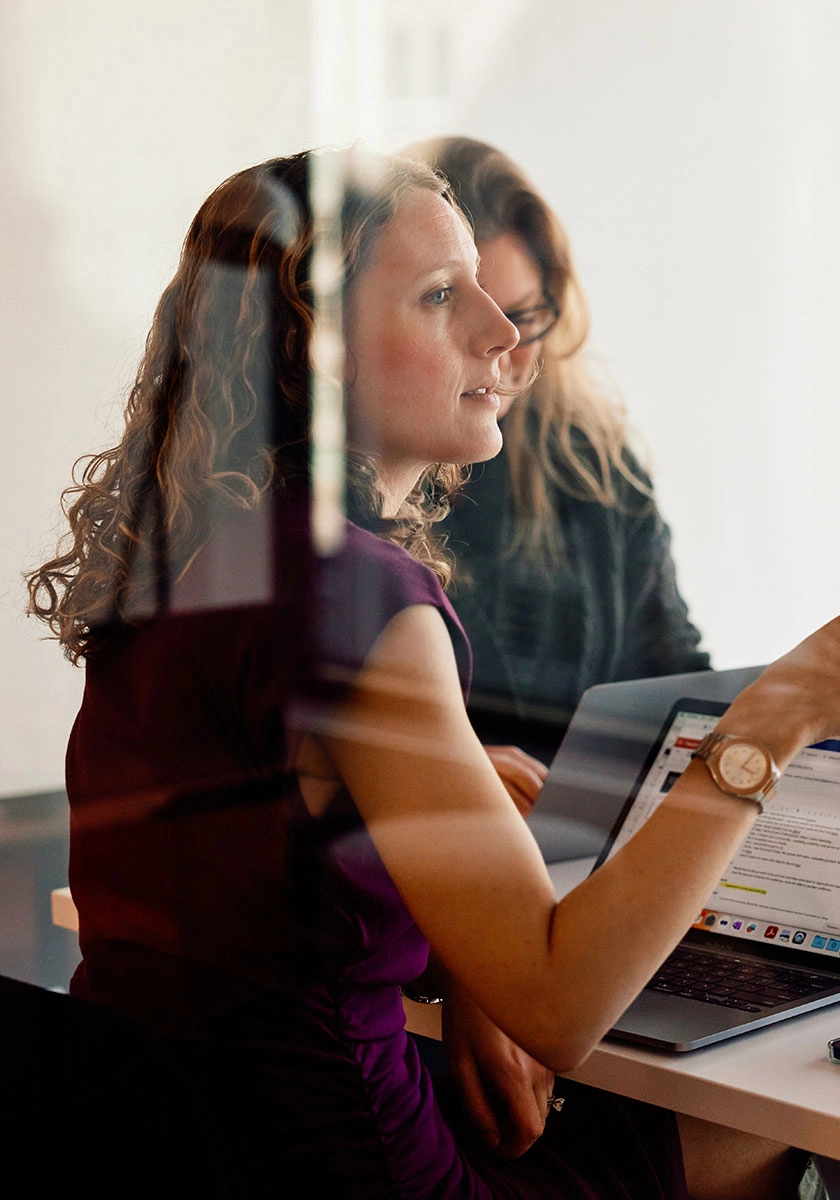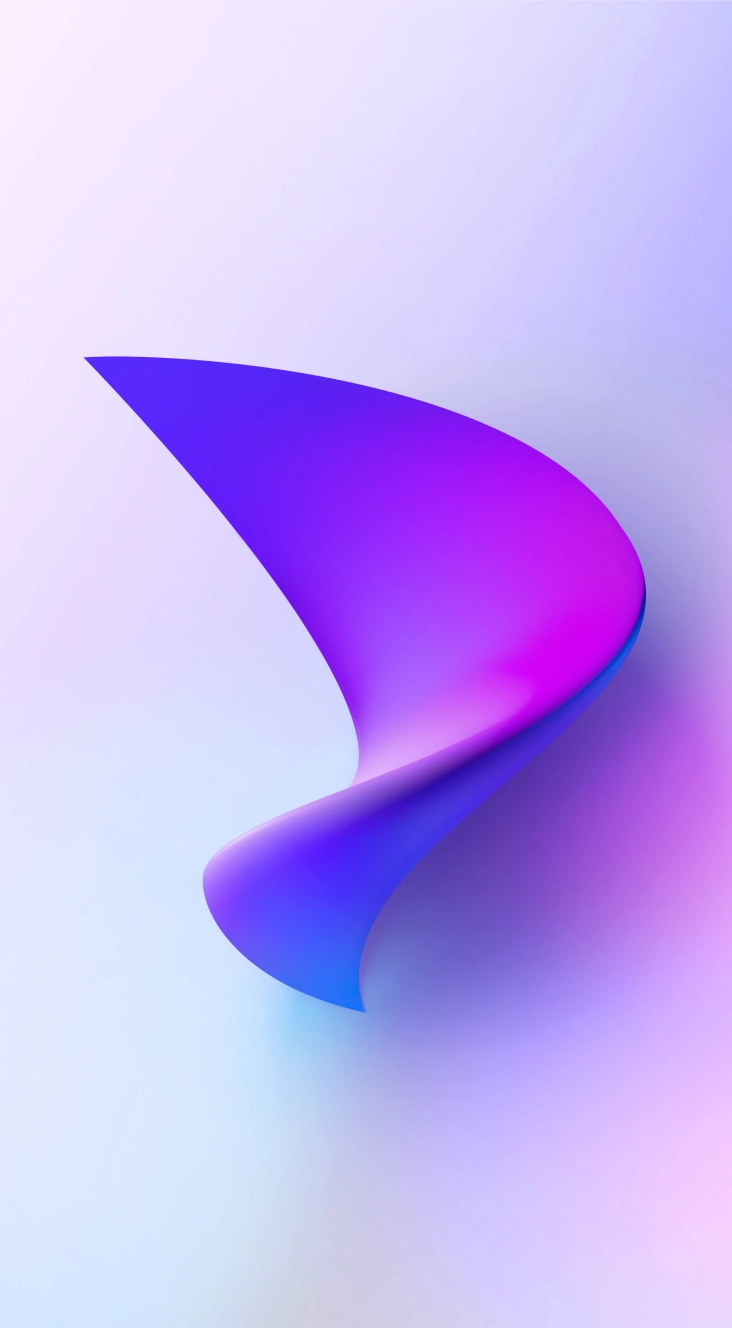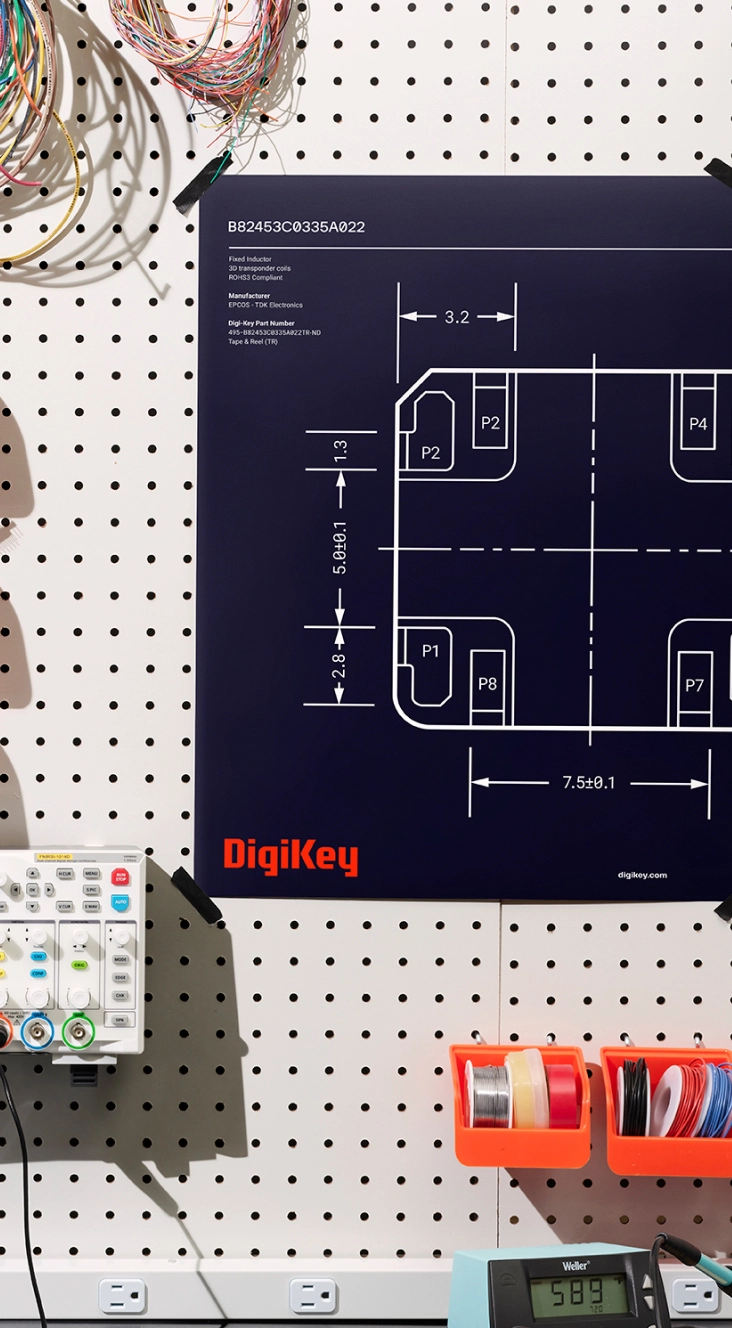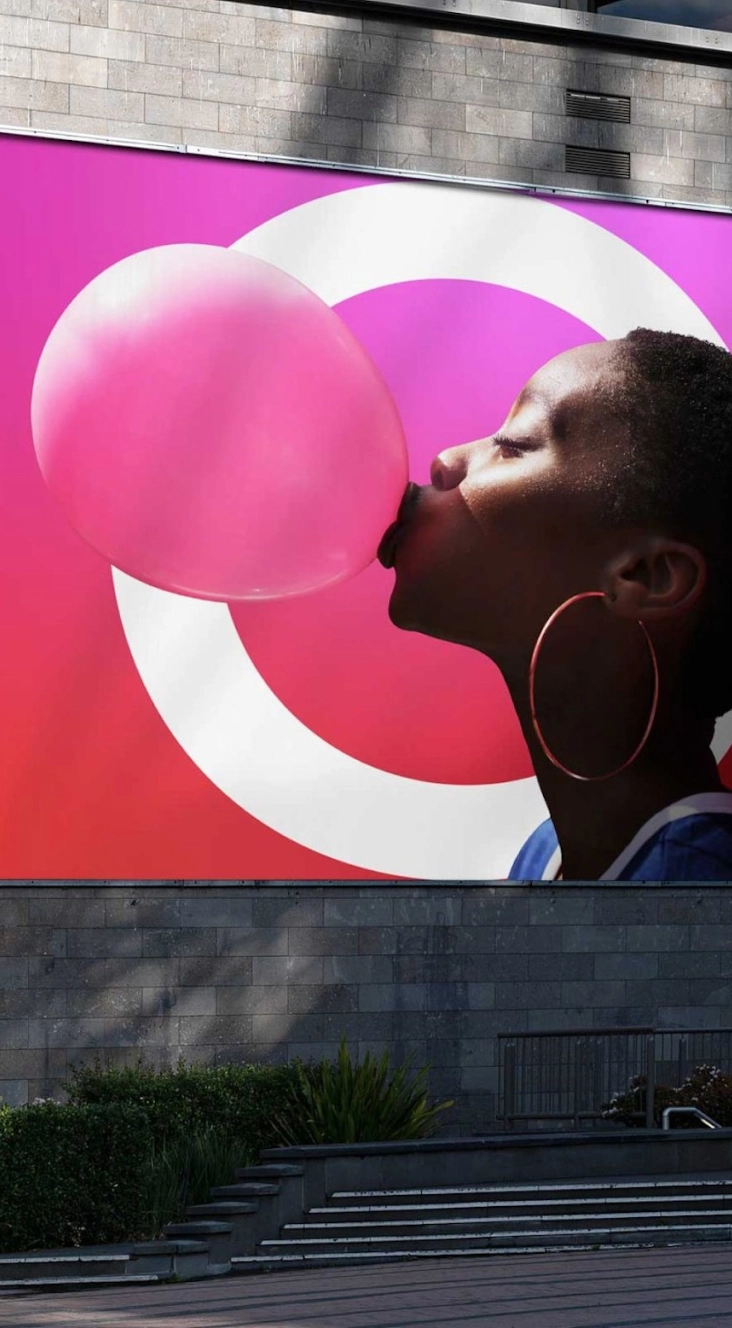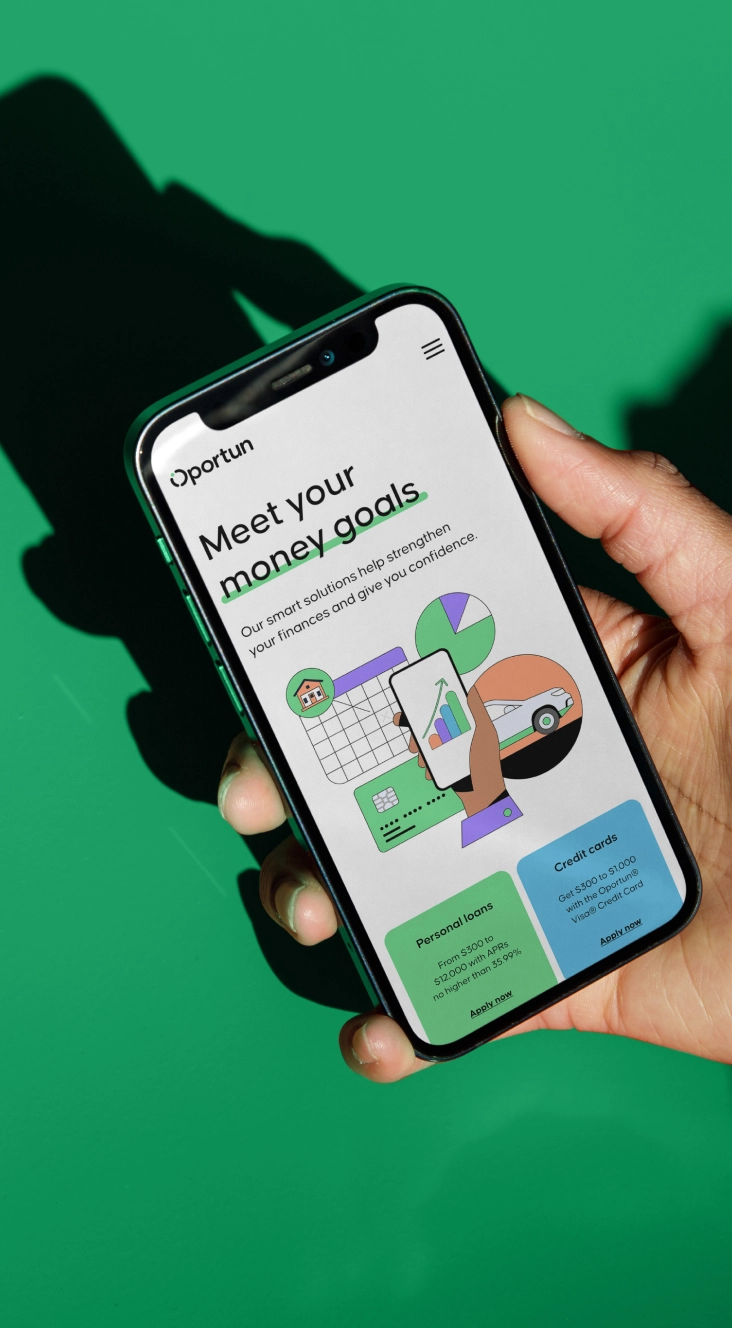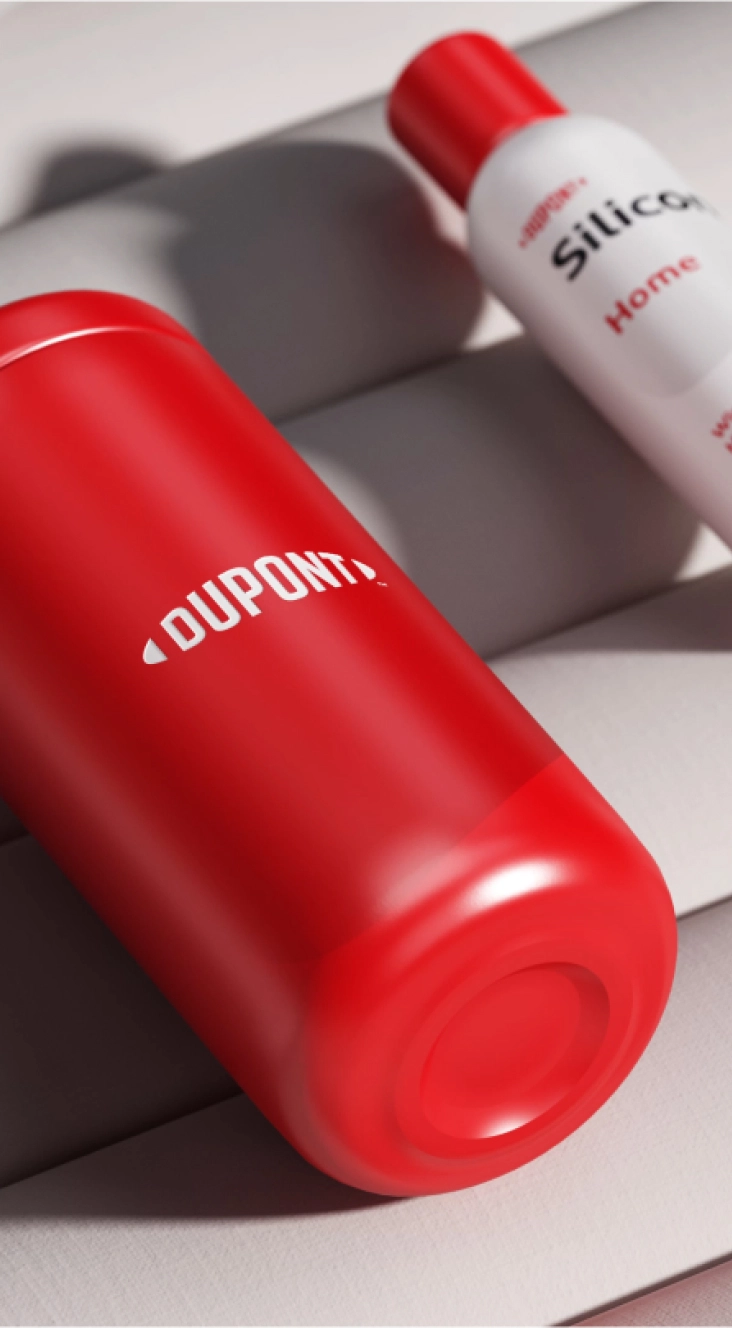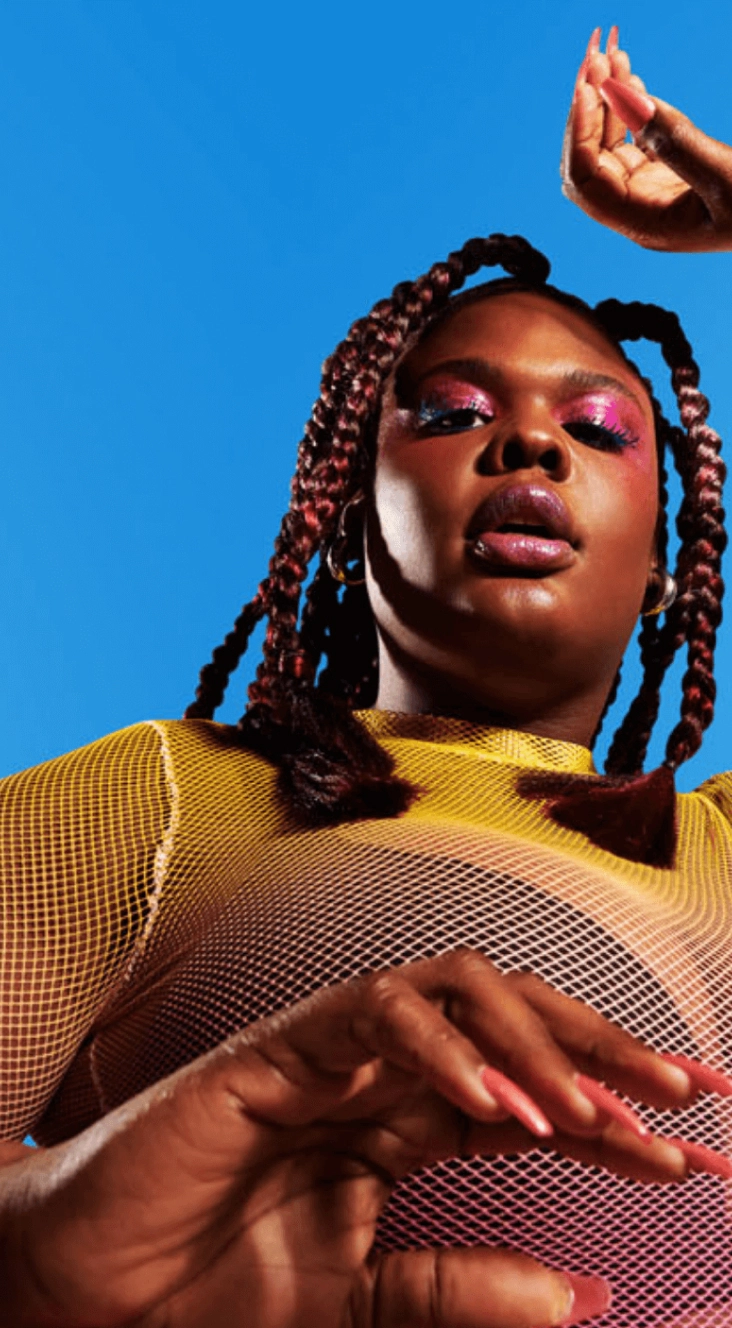July 31, 2025
The visionary behind the visuals
Lippincott has been shaping brand identities and experiences for over 80 years, and what truly sets us apart is our deeply logic-driven approach. When clients come to us, they often face transformative challenges—some clearly defined, others more ambiguous. We believe design is a powerful multiplier in addressing these challenges, but its impact only becomes transformational when it unites beauty with rigorous logic.
Our approach goes beyond aesthetics; it’s about aligning creative vision with business strategy to serve a larger purpose. To achieve this, we dive deep into the company’s culture—uncovering its DNA, heritage, capabilities, and hidden brand assets. Equally important is our outward gaze: we analyze the industry landscape, evolving customer needs, competitive dynamics, and future trends.
By connecting these internal and external insights, we create brand solutions that are not only visually compelling but also rich with meaning and strategic relevance. This holistic, insight-driven process is what makes our work distinctively powerful and enduring.
The definition of brand is elastic. Like language, it continues to grow and evolve with new channels, technologies, and thinking. I’m excited to lead our teams in challenging what brands make possible, and how they do it.
“The definition of brand is elastic. Like language, it continues to grow and evolve with new channels, technologies, and thinking.”
It’s easy to get sucked into the “creative” vortex of what’s next, and new, and different, and, and, and… It’s also easy to allow the hype of new technology to color perspectives and judgements. And today’s cheat sheet in the form of a pocket-sized algorithm can present an easy if lazy answer. To combat this? The best advice I got early in my career was to walk outside. I was struggling. My ideas stale. And when my boss stopped at my desk, I thought my time was up. “Get out” he said. “Take a walk in the park. To a museum.” A lesson to see through the chaos.
Jealousy evoking ideas don’t magically appear on screen. They come from firsthand experience. Walking the factory floor. Overheard train conversations. Peripheral vision. At Lippincott, when we can’t get out, we bring the outside in, with an ongoing series of guest provocateurs including Wilfred Wood, Museum of Failure, NASA, Momofuku—all meant to inspire.
At Lippincott, we recognize the immense potential AI brings as a catalyst for exploration and efficiency, offering powerful tools to automate routine tasks and accelerate workflows. But it’s also essential to remember that the true source of innovation is not technology itself, but human ingenuity.
Every breakthrough, including AI, springs from our boundless curiosity, creativity, and the relentless drive to solve problems. Over the next five years, we see AI as an enabler—a means to amplify human imagination rather than replace it. More than ever, the creative process will thrive when we allow our minds to wander beyond algorithms, drawing inspiration from the richness of human experience, the complexity of nature, and the diverse stories that shape our world.
The brands that truly influence our choices—the ones that make us turn left instead of right—are those that go beyond products. They invest deeply in relationships and community, embody causes that align authentically with their values and ours, and courageously take a stand rather than retreat from cultural conversations. In this environment, superficial social media activity and click metrics fall short.
To build lasting loyalty, brands must commit to fostering genuine community engagement, creating experiences that resonate emotionally and adapt dynamically to the evolving cultural landscape. This imperative means design toolkits and brand identities must evolve to be more adaptive and experiential than ever before, owned beyond just the marketing team and equipping brands to authentically connect, respond fluidly to cultural shifts, and inspire meaningful, lasting bonds.
“Brand identities must evolve to be more adaptive and experiential... equipping brands to authentically connect, respond fluidly to cultural shifts, and inspire meaningful, lasting bonds.”
Right now, New York, with my wife Catherine and our dog. Our two sons are out in the world, one coding, the other serving in the U.S. Navy, and a piece of me travels with both. But I was born and raised in Dublin, Ireland—with three sisters, one brother, and a million cousins.
The most unexpected source of inspiration I’ve ever drawn from came early in my career as a graduate student at the University of Cincinnati, when I designed the new wheelchair access symbol now used worldwide. To build a compelling case for change, I looked beyond typical design references to a deeply personal story: my father grew up on the same streets as Christy Brown, the Irish artist and writer who, despite severe physical disabilities, refused to be defined by them. Inspired by Christy’s resilience, I reimagined the symbol not just as a marker of access, but as a powerful emblem of empowerment—shifting public perception away from limitation toward possibility.
Another surprising source of inspiration came while writing and illustrating the children’s book “Ready for School, Murphy?” I worked with a wonderful editor from Disney who schooled me on character development, which he unapologetically jumped into with abandon to illustrate its extremes. I learned how unleashing uninhibited creativity can break through our own self-imposed limits. His fearless immersion into character reminded me that sometimes the biggest barriers are the ones we place on ourselves.
I have a running scholarship to thank for my college education, and my head still thinks my body can perform like it did 40 years ago. It can’t, but I try. I love to draw and write—my hope is that they will manifest in another children’s book.
The highlights are the people I’ve been able to meet and work with and the education I’ve received on the journey, along with the perspectives and expertise gained from all over the world. I’ve been very lucky to have wonderful clients and partners that suspend belief and join us in asking: what if?
Design draws extensively from your education and the way you see and listen to the world. I wish I was a better student and note-taker of life early in my career.
As a graduate student at the University of Cincinnati, Lance Wyman was a mentor. After getting a particularly brutal critique of some work from a very respected designer, Lance pulled me aside to tell me to ignore it. He reminded me that, “school is the one place you get to explore by your own rules and to challenge the boundaries of what is right, wrong, and possible.” I’ve tried to bring that philosophy into our work and it would be great to work on a project with him.
